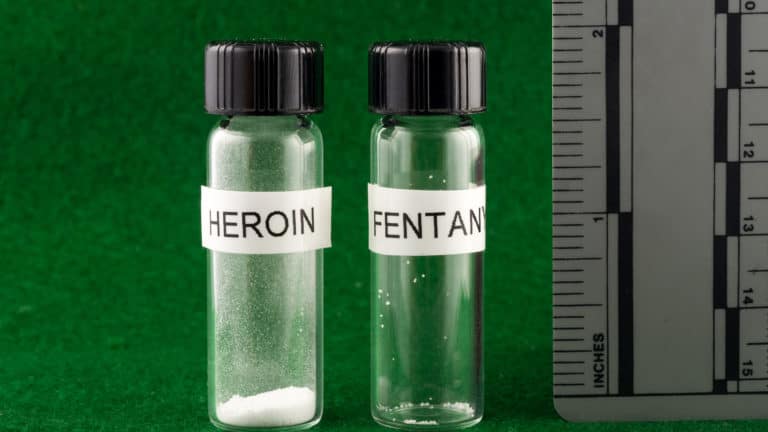The opioid epidemic dates back to the early 1900s and has been raging on ever since. Nearly 450,000 people have died over the past 20 years as a result of opioid overdose. The opioid epidemic can be broken down into three waves, prescription opioids, heroin, and synthetic opioids.
The First Wave of the Opioid Epidemic
In the 1900s, doctors began to increase their opioid prescriptions. They even tried to calm down communities, assuring that these drugs weren’t addictive and that they wouldn’t cause problems amongst patients. This misinformation spread quickly, as did opioids. It didn’t take long for people to begin misusing their prescriptions when they realized that the drugs came with a feeling of euphoria. Even those who didn’t want to misuse their prescriptions found themselves becoming physically dependent on the substance and unable to quit using it.
In 1995, the FDA approved a drug called OxyContin. OxyContin is an extended-release drug manufactured by Purdue Pharmaceuticals. Again, this drug was marketed to the masses with false information, claiming that it wasn’t as addictive as other alternatives. Of course, this was also false.
Shortly after, the “pain as the 5th vital sign” campaign was released. This campaign marketed pain as a vital sign alongside blood pressure, pulse, respiratory rate, and temperature. The problem with this was that pain is subjective and can’t be measured in the same way. Because of this campaign, more patients began using opioids to reduce their pain.

The Second Wave of the Opioid Epidemic
Many people began to scrutinize doctors for their use of opioids during this time, and prescriptions were reduced. Unfortunately, because many users were in need of a prescription because of their addictions, they turned to heroin. Using heroin helped them control their withdrawal symptoms and achieve the same effect as they did when on a prescription.
Unfortunately, heroin is known for being even more addictive than other opioids and can be laced with other things, making it more dangerous. The effects are not only more potent than opioid pills, but heroin is much cheaper. Because of these factors, more and more people began to use heroin instead of prescription pills.
The Third Wave of the Opioid Epidemic
The third wave of the opioid epidemic started in 2013 and centered around fentanyl, a synthetic opioid. The third wave of the opioid epidemic is often cited as being the most dangerous, because of how strong fentanyl is. Fentanyl is 50 to 100 times stronger than morphine, meaning that it’s extremely potent even in low doses. Fentanyl is often used to treat severe pain, specifically pain that is associated with cancer. It’s almost never prescribed but instead used in a hospital setting.
Unfortunately, many drug dealers will cut their drugs with fentanyl to increase the effect of the drug without having to spend a lot of money. Because of this, more and more people overdosed. When someone doesn’t know that a drug contains fentanyl, they’re at a huge risk for overdose. This is because fentanyl is potent in low doses. If a lot of it is taken, it causes overdose fast.
COVID-19 only further disrupted the epidemic, making it harder for people to receive treatment for their addiction and causing people to become more easily dependent on these types of drugs.
Seek Treatment for Opioid Addiction
The opioid epidemic has taken many lives, but it doesn’t have to take yours. If you or someone you love is suffering from opioid addiction, it’s time to seek help. Asheville Recovery Center offers a variety of different treatment options and can help you get back on your feet. Call us today to learn how we can help.







